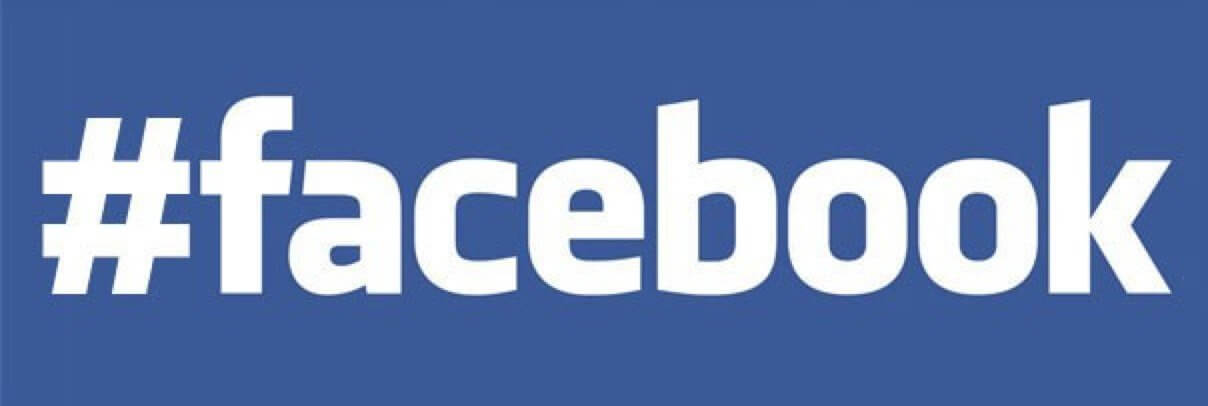Jun19Observations
Early Facebook Hashtags Insights and Recommendations

Jun19Observations

On June 13th Facebook announced the implementation of hashtags, allowing users to add context to posts and aid content search + categorization. While Facebook had resisted including one of Twitter’s most popular features for several years, its acquisition of Instagram made hashtags all but a certainty. At face value Facebook’s initial implementation is a similar experience as on Twitter, where clicking on a hashtag allows you to immediately explore other posts by users who have tagged their content with the same keyword. However, nuances of the Facebook platform make hashtags a very different experience from other platforms. The following are initial insights and recommendations for brand implementation based on our early testing:
Exploration is a More Engaging Experience Than on Twitter
Facebook hashtag exploration can be more visually pleasing experience than Twitter. This is due to the much more prominent usage of imagery and video on Facebook, allowing the user to quickly digest rich media content without having to click a link to expand or leave the site as you do on Twitter. While this speeds up individual content consumption, inversely it slows down the scannability of a large amount of hashtagged posts given the diverse nature of content types and how they are showcased.
TIP: Tie hashtags to high impact, visual content posts to help cut through the clutter of hashtag streams
More
Facebook’s More Personal Nature Makes Hashtags Searches Awkward
Facebook is built around the idea of creating meaningful connections, where Twitter is focused more on quick conversations and content “snacking”. This built up user expectation of meaningful personal connections disrupts the Facebook hashtag experience because it can be jarring to find yourself peering into random, disconnected user’s posts. As hashtag adoption increases, Facebook will likely have to evolve the way hashtag streams are shown, with a focus on people and brands that are closer to your own interests, increasing relevancy and theoretically engagement. Alternatively, users may begin to embrace more public sharing to embrace the open stream that hashtag provides.
TIP: Focus content on being as personally tailored to its potential audience as possible to increase its relevance to users’ searches
Hashtags Infuse Open Graph Search with Content for the First Time
In its initial incarnation Facebook’s Open Graph Search Engine had a major weakness– it only indexed metadata, such as likes, as opposed to actual page content. This initial content provided little value to social search because it had no sense of time; rather, it often revealed outdated profile information about users (for example: a movie someone liked two years ago may not reflect the person’s tastes today). Facebook hashtags broke down the wall between profile search and content search by surfacing any hashtagged page content in Open Graph Search for people to discover. With hashtags, Facebook’s search functionality can now return valuable real-time content to its users, more in line with what users likely expect from a social media search engine.
TIP: Before adopting a hashtag, check how it’s being used already; incorporating popular hashtags can insert your brand into the conversation stream, while creating new unused terms can help tie together a brand campaign
Hashtags are Easy to Spam Because Most Personal Content is Private
With many users opting to keep their profiles and post content private, the content appearing for any particular hashtag search is often mostly filled with page posts. Unlike Twitter, where the average user keeps their profile public, hashtag search results will be largely incomplete in comparison to their actual overall usage. Until users start incorporating hashtags into public posts more regularly, brands who excessively hashtag posts may begin to be seen as spammy. Hashtag streams will also likely become a target for less legitimate pages to spam and takeover.
TIP: Manage how often a hashtag is used to avoid being seen as spammy
The Mold Isn’t Dry with Much More Still to Come
Hashtags on Facebook are still in their infancy with inevitable updates to come: clickable hashtags for mobile, showcasing hashtag usage/trends and paid media support to name a few. As hashtags become more pervasive, their functionality may also impact user behavior. With so much still to be done to give hashtags their complete implementation its tough to say whether or not Facebook’s latest development will be a success or go the way of the “Poke.” Regardless we are hopeful of the opportunities that hashtags will provide brands in expanding their reach to new audiences in engaging and dynamic ways.
Less